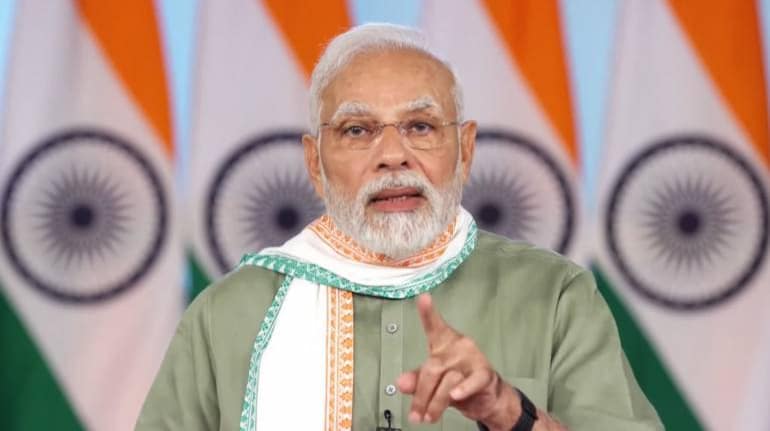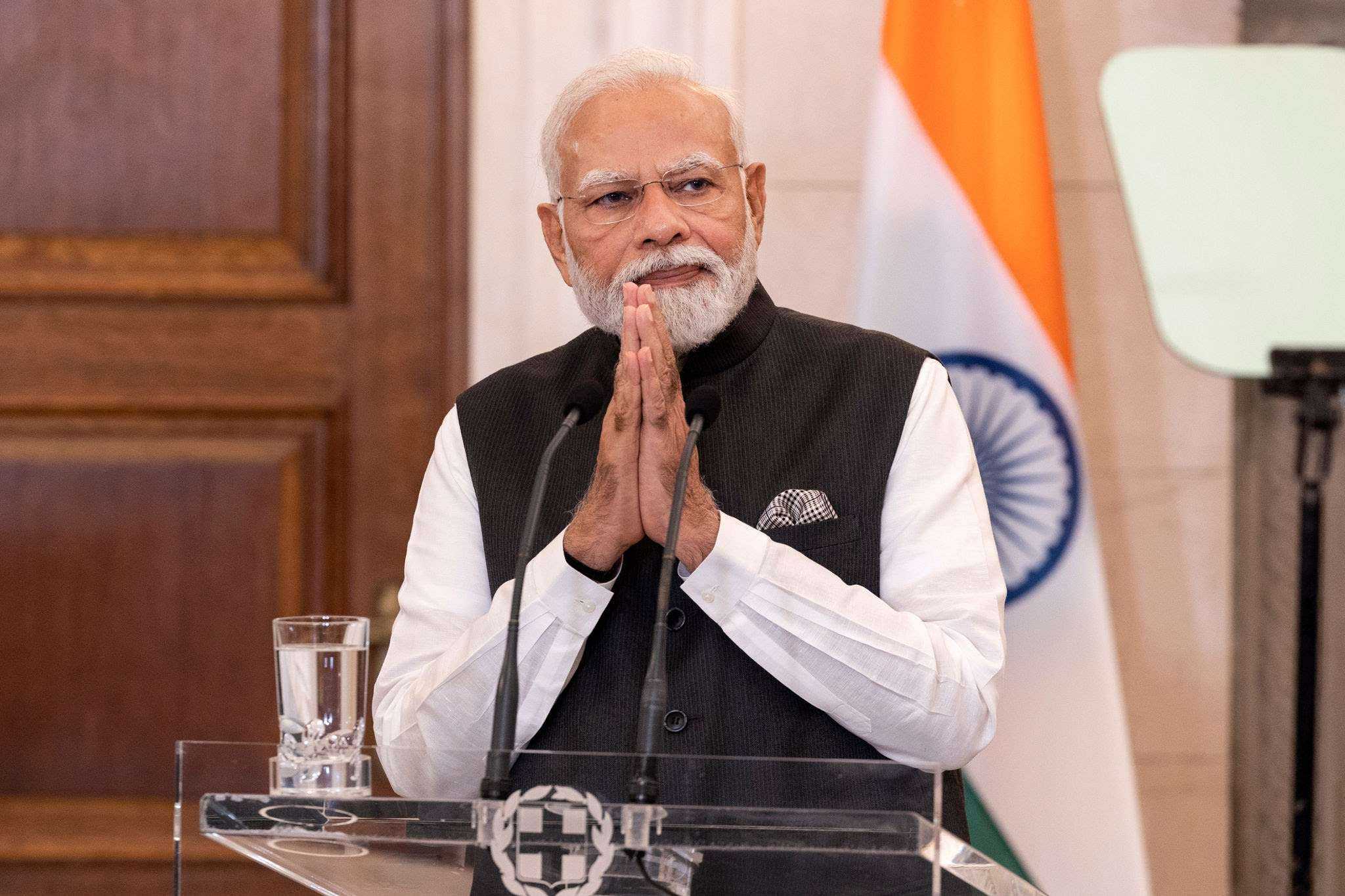A ‘panauti’ for Congress?
A saffron surge in the Hindi heartland is a rejection of caste, minority appeasement and a vote for brand Modi

PM Modi continues to rank high in popularity rankings and any negative mud-slinging on the PM doesn’t seem to augur well for getting votes
Prime Minister, Narendra Modi during an interaction with beneficiaries of Viksit Bharat Sankalp on December 1 said: “Mere liye desh ki sabse badi chaar jatiyan hain. Mere liye sabse badi jaati hai garib. Mere liye sabse badi jaati hai yuva, mere liye sabse badi jaati hai mahilayen. Mere liye sabse badi jaati hai kisan. (For me, there are four biggest castes in the country. For me, the biggest caste is the poor. For me, the biggest caste is the youth, and the biggest caste is women. For me, the biggest caste is farmers).”
At a time when the opposition was framing the political discourse around caste census, PM Modi with this statement, set the record on what he considered as the real divisions in an aspirational India. The key takeaways from the saffron surge in the Hindi heartland and BJP gaining across four states — including making inroads into Telangana are:
#Caste Census has no takers: From Gandhian to Left – Congress Party, which originated with Gandhian ideals has taken a sharp left turn and it’s that politics of reservation on caste that the Indian electorate has rejected. The opposition party had raised the crescendo around caste-based entitlements. Congress party’s “Jitni Abaadi utna Haq” (the rights of any group are proportionate to its population share) iterated by Rahul Gandhi, had raised concerns about its implications on India’s polity and economy. The move was seen as a divisive tactic to divide the Hindu vote among various sub-castes.
But BJP steadfastly opposed it, underlining that the slogan was indeed against the spirit of the constitution that states that there will be no discrimination based on caste, region, place of birth or gender.
For the latest updates on the election results follow here
This was also the first time that a national party made caste an issue, caste usually has been raked up by regional parties like the Samajwadi Party (SP) or the Bahujan Samaj Party (BSP), national parties have always spoken the language of inclusive politics. The increasing vote share of BJP is also indicative that aspirational India has grown out of the phenomenon of caste politics. Also, Congress has not been able to articulate a cohesive ideology, different party leaders take on different positions across states and in times of social media the inconsistency comes through. Bhupesh Bhagel, for instance, was speaking a different language of Hindutva in Chhattisgarh, he organised a three-day Ramayana National Cultural Festival in Raigarh, while Congress party leaders have often slammed using the Hindutva card.
Also read: BJP’s election sweep calms populism fears, allays market concerns about political risks for 2024
#Congress’s Panauti: Did Rahul Gandhi deliver the final definitive blow to Congress when he called the Prime Minister ‘Panauti’ or bad omen in an election rally on November 21 while talking about India’s loss at the World Cup? Evidently, PM Modi continues to rank high in popularity rankings and any negative mud-slinging on the PM doesn’t seem to augur well for getting votes. At an election rally in Ahmedabad, before the Gujarat elections in 2022, the Congress National President had described him as a “100-head Ravan”. Hurling insults at the PM have backfired for Congress more often than once.
#No to minority appeasement: Telangana Chief Minister K Chandrashekhar Rao’s model was based on aggressive welfare policies and minority appeasement. Rao implemented the decision of 4 percent reservation for Muslims in education and employment, a move that was termed as “unconstitutional” by Amit Shah. Rao had also promised an IT park specifically for Muslims.
#Brand Modi and Double Engine: BJP went with its tested strategy of pitching PM Modi in every state election, the campaign run by the party did not depict a CM face, inevitably the contest came down to the state leader versus the Prime Minister. The PM’s record of governance, his steering away from a caste-based agenda and focusing on development sealed the deal for the BJP.











